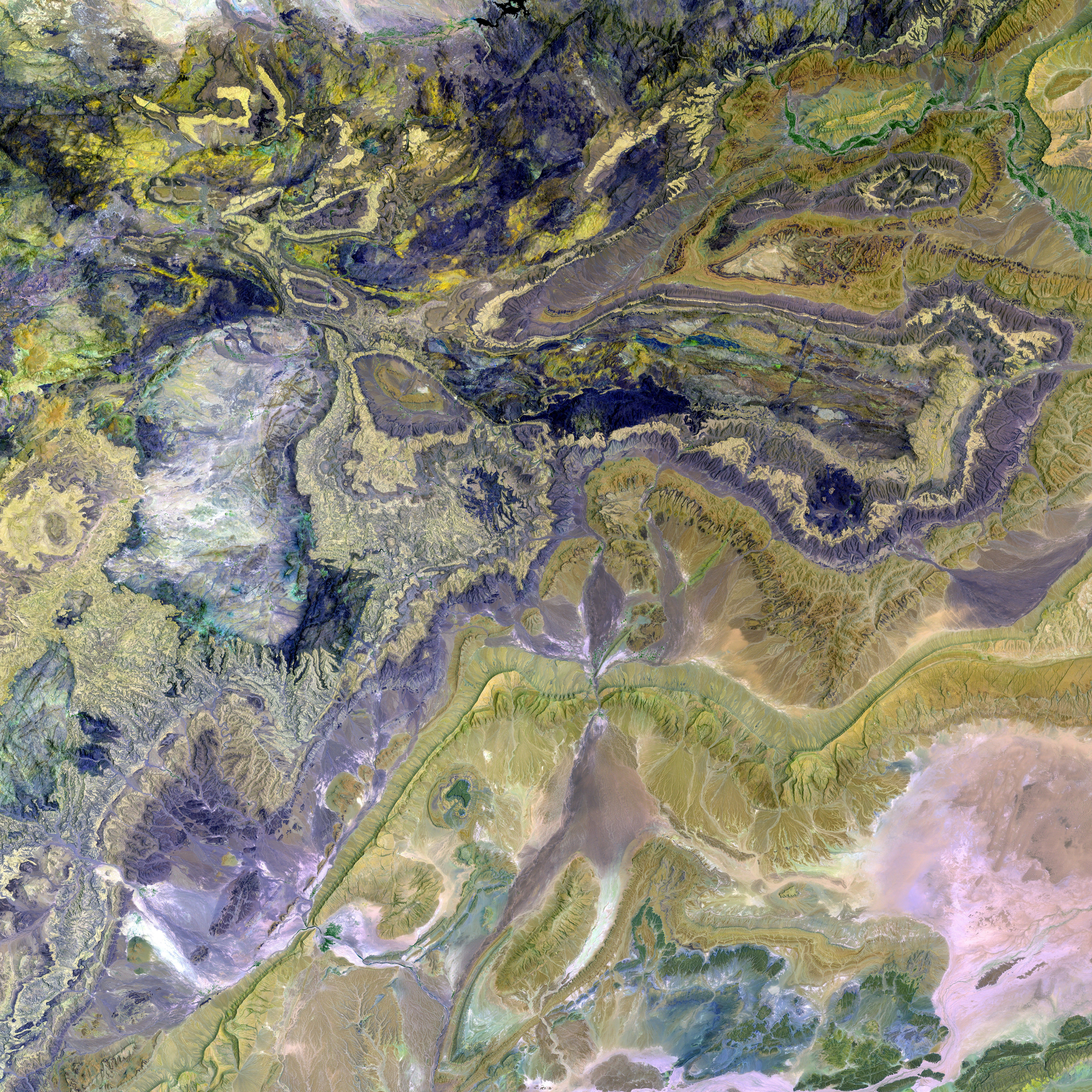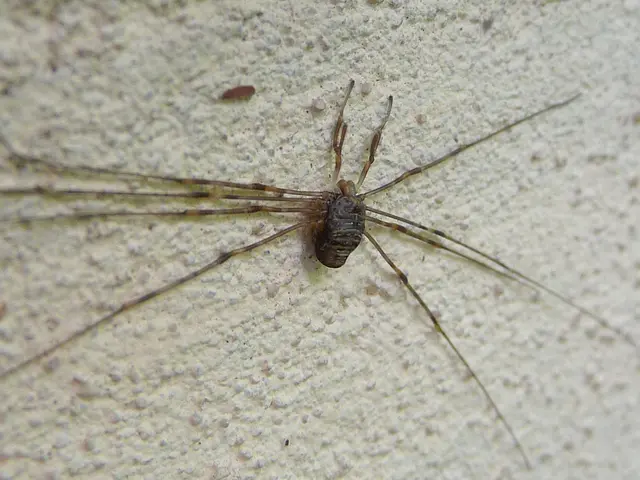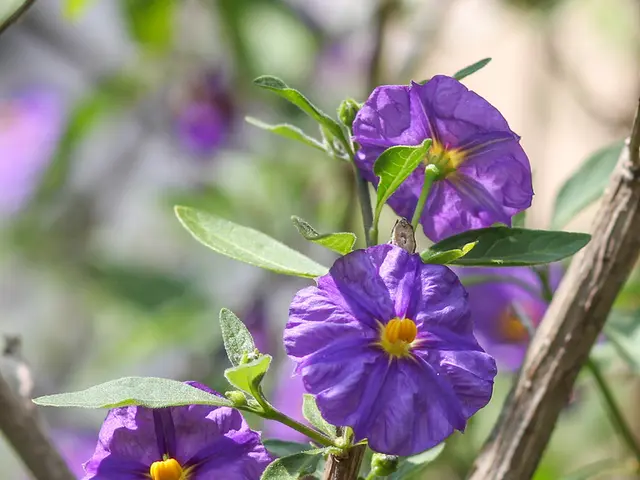Distinguishing Age Spots from Skin Cancer: Identifying Key Differences for Proper Recognition
Relax, mate, let's talk skincare
As we age, our skin might develop some unwelcome spots, but don't fret – most of them are harmless. These are known as age spots, or solar lentigines, and they aren't a cause for concern. On the other hand, skin cancer is a serious matter. Both can look similar, but there are ways to tell them apart.
Age spots are those dark, flat, and smooth patches that sometimes appear on our skin, typically on areas exposed to the sun like the face, hands, or shoulders. They're caused by our body producing excess melanin to protect itself from the sun's UV radiation. Age spots are more common in light skin, and they usually show up from middle age onward.
Now, skin cancer is a different ball game entirely. It's a type of cancer that, you guessed it, can develop on your skin. Like age spots, skin cancer is most likely to pop up on sun-exposure areas. But unlike their harmless counterparts, skin cancers can develop into a threat if they're not dealt with.
The three most common types of skin cancer are basal cell carcinoma, squamous cell carcinoma, and melanoma. The latter one, melanoma, is the most aggressive and has distinctive features such as asymmetry and varied color. This texture-wise could be irregular, with uneven borders, and a range of colors like black, brown, tan, red, pink, blue, or white.
Skin cancer can also present as a pearly bump, open sore that bleeds or oozes, or a wart-like growth. These types of cancer are known to itch, bleed, or crust, so if you ever come across such symptoms, seek medical advice immediately.
Remember, actinic keratosis is a precancerous growth that can be mistaken for age spots. It's essential to keep a close eye on any new or changing marks on the skin and speak with a healthcare professional if any symptoms of skin cancer or actinic keratosis appear. Diagnosing skin cancer early can make treatment easier and improve health outcomes.
So, pay attention to your skin and address any concerns with a doc. If a mark on the skin changes in color, shape, size, or location, looks different from other marks on your skin, itches, crusts over, or bleeds and doesn't heal within 4 weeks, it's time to call your healthcare provider.
Here's a handy table to help you distinguish age spots and skin cancer:
| Feature | Age Spots | Skin Cancer ||------------|--------------------------------|--------------------------------|| Shape | Round or oval, symmetrical | Asymmetrical, irregular || Border | Even and smooth | Irregular, uneven || Color | Uniform light to dark brown | Varying colors: black, brown, red, pink, blue, white || Texture | Flat, smooth | Raised, bumpy, scaly, crusty || Symptoms | No itching or bleeding | May itch, bleed, crust, or ooze || Common Areas | Face, hands, shoulders | Sun-exposed areas and may appear anywhere |
Understanding these differences can help determine when to seek medical attention for suspicious spots on your skin. Stay vigilant, mate!
- While age spots are harmless and common among seniors, skin cancer is a type of medical-condition that requires immediate attention.
- Skin cancer, like melanoma, can present with unique features such as asymmetry, varied color, and irregular borders.
- Dermatology plays a crucial role in identifying skin-conditions such as skin cancer and melanoma, as science continues to evolve in the field of oncology.
- In some cases, actinic keratosis, a precancerous growth, can be mistaken for age spots, making it essential to consult with healthcare professionals.
- For effective health-and-wellness, practicing skin-care and keeping a close eye on skin-conditions is crucial, as early diagnosis can significantly improve treatment outcomes and help maintain good skin-care practices.








